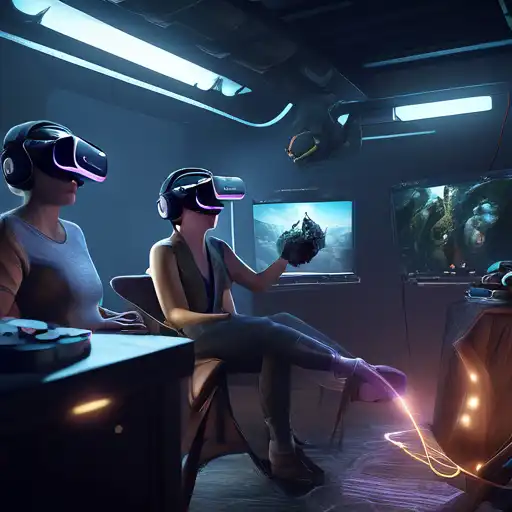Introduction to Virtual Reality Experiences
Virtual Reality (VR) has transformed the way we interact with digital content, offering immersive experiences that were once the stuff of science fiction. Whether for gaming, education, or virtual tours, creating engaging VR experiences requires a blend of creativity, technical skill, and understanding of user interaction. This guide will walk you through the essential steps to craft VR experiences that captivate and engage.
Understanding the Basics of VR Development
Before diving into VR creation, it's crucial to grasp the foundational elements that make VR unique. Unlike traditional media, VR places the user inside the experience, requiring a focus on 360-degree environments, spatial audio, and intuitive controls. Tools like Unity and Unreal Engine offer robust platforms for VR development, providing the necessary features to bring your virtual worlds to life.
Designing for Immersion
Immersion is the cornerstone of any successful VR experience. To achieve this, designers must pay close attention to detail, ensuring environments are rich and interactive. Consider the following elements to enhance immersion:
- Realistic Graphics: High-quality textures and lighting can significantly impact the user's sense of presence.
- Spatial Audio: Sound that changes based on the user's position adds depth to the virtual environment.
- Interactive Elements: Objects that users can touch, move, or manipulate increase engagement.
Optimizing Performance for VR
VR applications demand high performance to prevent motion sickness and ensure a smooth experience. Optimizing your VR project involves reducing polygon counts, optimizing textures, and implementing efficient coding practices. Testing on actual VR hardware is essential to identify and address performance bottlenecks.
User Interaction and Controls
Designing intuitive controls is vital for user comfort and enjoyment. Whether using hand controllers, gaze-based selection, or voice commands, the interaction method should feel natural and responsive. Providing clear tutorials or cues can help users acclimate to your VR environment's controls.
Testing and Iteration
Gathering user feedback is a critical step in refining your VR experience. Conducting playtests can reveal issues with immersion, performance, or usability that you may not have noticed. Iterative design, based on real user experiences, ensures your final product is polished and enjoyable.
Conclusion
Creating immersive VR experiences is a challenging yet rewarding endeavor. By focusing on immersion, performance, and user interaction, you can develop VR applications that stand out in this rapidly evolving field. Remember, the key to success lies in continuous learning and adaptation to new technologies and user expectations.
For more insights into VR development, explore our guide on VR development tools and tips for optimizing VR performance.
